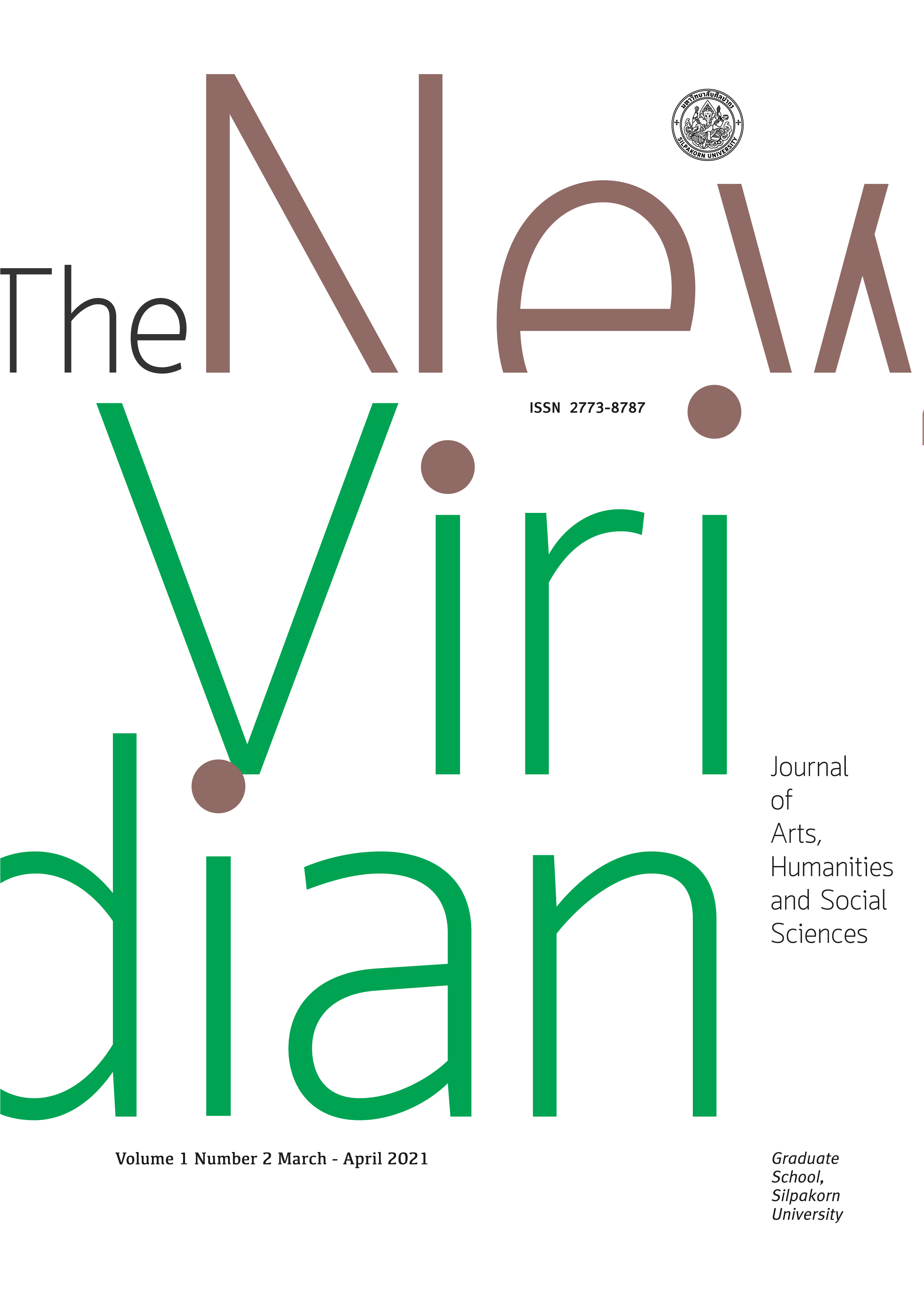Aesthetic Form of Dai pottery: Transformation from peacock dance
Keywords:
Dai pottery, Aesthetic form, Peacock danceAbstract
This paper is part of practice-based research which aims to develop Dai pottery in Xishuangbanna. Dai pottery can be dated back to the 14th(Wang, 2012). The surface of the ware is stamped with patterned wooden sticks, which is consistent with the nature of the patterned pottery unearthed from the southern Neolithic site. Today, the type of pottery-making technology has changed from free-hand kneading to wheel making, and transition from no kiln to kiln, but Dai pottery still retains the basic characteristics of the original pottery inherit by Dai people.
Dai people live in Xishuangbanna. They take peacock as the symbol of their national spirit. In this paper, the researcher takes Yang Liping's modern peacock dance "the spirit of the Peacock"(雀之灵)and "the love of the Peacock"(雀之恋)which absorb the essence of the traditional peacock dance, as peacock dance case studies, to analyze, and extract the dynamics of the peacock dance, to explore the cultural spirit of Dai people. Meanwhile, taking two Japan’s ceramic artists Fujikasa Satoko and Noriko Kuresumi, as Fine Arts case studies, to analyze their art forms and the possibility to present nature in art way. In the research process part, the researcher altered the peacock dance figure into the shape of Dai pottery, realizing the first step to renew Dai pottery. The outcome can be regarded as a new form of Dai pottery.
The experimental results will establish the aesthetic value of Dai pottery, to create a different visual language for the evolution of Dai pottery. Inherit and promote the wisdom of Dai people, and gradually transform Dai pottery from living utensils to artworks, to meet people's higher aesthetic needs.


